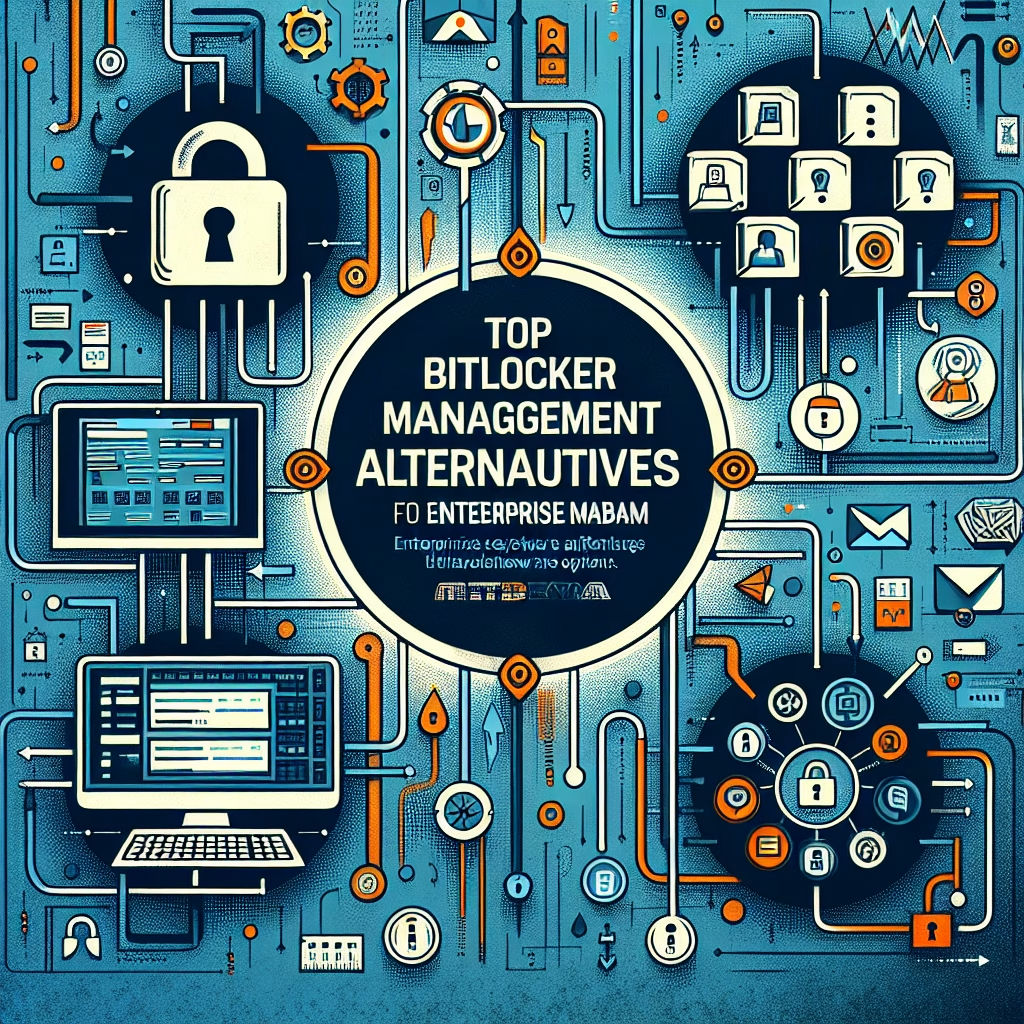BitLocker Management with MBAM Alternative
Summary:
BitLocker management with an MBAM (Microsoft BitLocker Administration and Monitoring) alternative refers to the use of third-party tools or scripts to deploy, monitor, and manage BitLocker Drive Encryption in enterprise environments where MBAM is not available or suitable. This approach ensures centralized control over encryption policies, recovery key storage, and compliance reporting. Common scenarios include organizations migrating away from MBAM, needing cross-platform support, or requiring additional customization. The technical purpose is to maintain data security while simplifying administrative overhead.
What This Means for You:
- Immediate Impact: Transitioning from MBAM to an alternative may require reconfiguring encryption policies and migrating recovery keys, potentially causing temporary workflow disruptions.
- Data Accessibility & Security: Ensure the alternative solution integrates seamlessly with Active Directory or Azure AD to prevent unauthorized access while maintaining centralized key management.
- System Functionality & Recovery: Test recovery workflows thoroughly to avoid data loss scenarios, especially during system failures or hardware changes.
- Future Outlook & Prevention Warning: Choose an alternative with robust auditing and automation features to future-proof your encryption management strategy.
Explained: BitLocker Management with MBAM Alternative
Solution 1: Implementing a Third-Party Centralized Management Tool
Many third-party tools, such as ManageEngine Endpoint Central or Symantec Endpoint Encryption, provide BitLocker management capabilities similar to MBAM. These tools allow administrators to enforce encryption policies across an organization, monitor compliance, and securely store recovery keys. To deploy such a solution:
- Install the management console on a central server.
- Configure BitLocker policies, including encryption strength and authentication methods.
- Deploy the agent to endpoints via Group Policy or a software distribution tool.
- Monitor encryption status and compliance reports in the dashboard.
Example Policy: Require TPM + PIN authentication for all Windows 10/11 devices.
Solution 2: Using PowerShell and Group Policy for DIY Management
For environments needing a lightweight approach, PowerShell scripts combined with Group Policy can serve as an MBAM alternative. This method requires scripting expertise but offers flexibility. Key steps include:
- Create PowerShell scripts to enable BitLocker and store recovery keys in Active Directory.
- Use Group Policy to deploy these scripts during startup or login.
- Configure scheduled tasks to verify encryption status periodically.
Example Command:
Enable-BitLocker -MountPoint "C:" -EncryptionMethod XtsAes256 -UsedSpaceOnly -TpmProtector
Solution 3: Azure-Based Key Management
For cloud-centric organizations, Azure Active Directory and Azure Key Vault can replace MBAM for recovery key storage. This approach integrates well with hybrid environments:
- Configure Azure AD Connect to sync on-premises Active Directory with Azure.
- Enable BitLocker recovery key storage in Azure AD under Device settings.
- Use Intune to enforce encryption policies for Azure-joined devices.
Solution 4: Data Recovery and Migration Strategies
When moving from MBAM to an alternative, ensure recovery keys are securely transferred. For existing encrypted drives:
- Export all recovery keys from MBAM to a CSV file.
- Import these keys into the new management system before decommissioning MBAM.
- Verify accessibility of recovery keys for previously encrypted drives.
People Also Ask About:
- Can I use Intune as an MBAM alternative? Yes, Intune can manage BitLocker policies and store recovery keys for Azure AD-joined devices.
- Are there open-source MBAM alternatives? While rare, some organizations use custom PowerShell scripts combined with Active Directory.
- How do I ensure compliance when switching from MBAM? Conduct a pilot test with non-critical devices before full deployment.
- What happens to existing encrypted drives during migration? They remain encrypted; only the management and key storage method changes.
- Can MBAM alternatives manage Linux encryption too? Some enterprise tools like Sophos SafeGuard support cross-platform encryption management.
Other Resources:
- Microsoft Docs: BitLocker Management Overview
- NIST Special Publication 800-111: Guide to Storage Encryption Technologies for End User Devices
Suggested Protections:
- Maintain offline copies of recovery keys in a secure location separate from your primary management system.
- Implement multi-factor authentication for accessing the BitLocker management console.
- Regularly audit encryption compliance status across all managed endpoints.
- Ensure all management traffic for BitLocker operations uses encrypted channels.
- Document all encryption policies and recovery procedures for disaster recovery scenarios.
Expert Opinion:
The shift from MBAM to alternative management solutions reflects the growing need for flexible, cloud-ready encryption management in modern enterprise environments. While MBAM remains a robust solution for purely Windows ecosystems, organizations should evaluate alternatives based on their hybrid infrastructure needs, compliance requirements, and long-term security strategy. The key to successful migration lies in meticulous planning of key migration and thorough testing of recovery workflows.
Related Key Terms:
- BitLocker Recovery Key
- TPM (Trusted Platform Module)
- Azure AD BitLocker Recovery
- Endpoint Encryption Management
- MBAM Migration
- Group Policy BitLocker
- Cross-Platform Encryption
*Featured image sourced by DallE-3





